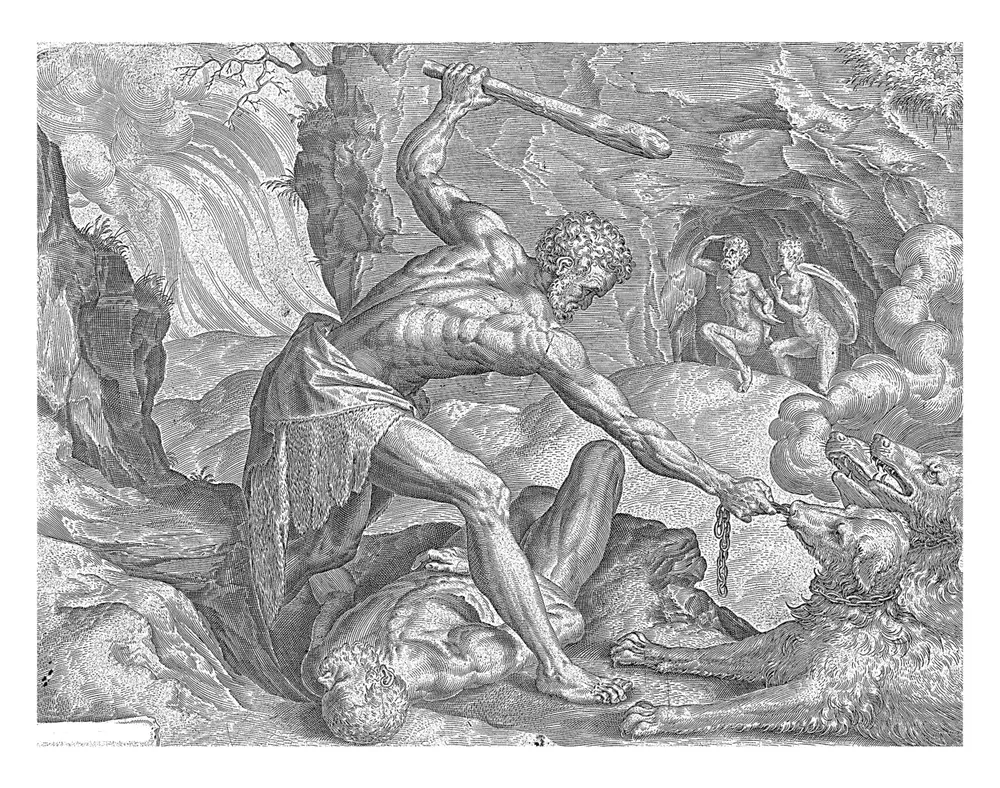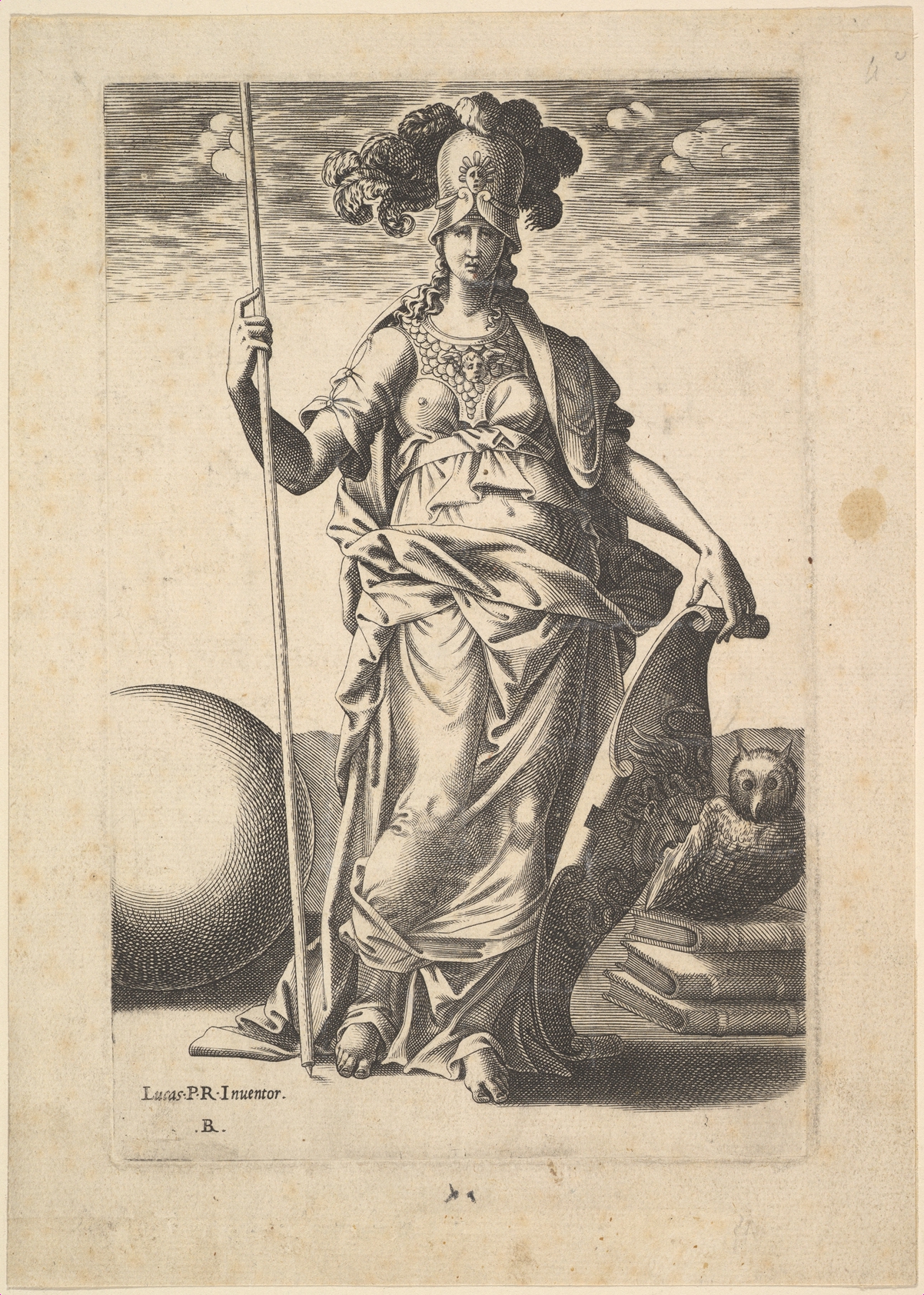Wondering how Joseph Campbell’s monomyth narrative structure applies to this well-known Greek myth? Read on to discover the Hercules hero’s journey.
Hercules – also known as Heracles – and his twelve labors, are one of the staples of Greek mythology. The story has even been transformed into a Disney movie and plenty of big-budget action-adventure fantasy films over the years.
The hero’s journey structure can be clearly identified in the tale. We can see the twelve stages, from The Ordinary World through to The Return with the Elixir in Hercules’s story, as his adventures take him from an ordinary town in Greece to the Temple of Zeus.
- Stages of the Hero’s Journey in Hercules
- The Ordinary World: Hercules in the Human World
- The Call to Adventure: Hercules Goes To War
- Refusal of the Call: Hercules Goes Insane
- Meeting the Mentor: Hercules Visits the Oracle of Delphi
- Crossing the First Threshold: Hercules Undertakes Ten Labors
- Tests and Meeting Allies and Enemies: Hercules Meets Athena and Chiron
- Approaching the Inmost Cave: Hercules Travels to The Edge of The World
- The Ordeal: Hercules Recovers the Golden Apples of Hesperides
- The Reward: Hercules Enters Olympus
- The Road Back: Hercules Returns to Earth
- The Resurrection: Hercules is Reborn Immortal
- Return with Elixir: Hercules Becomes a God-Like Hero
- Hero’s Journey Archetypes
Stages of the Hero’s Journey in Hercules
To prepare this analysis, we’ve read through many of the best books about greek mythology and also applied the hero’s journey framework to the legend of Hercules.
The Ordinary World: Hercules in the Human World

Hercules, the demigod son of Zeus, grew into a mighty warrior in the human world. He was well-respected and generally adored in his hometown of Thebes in Greece. Despite his lofty heritage, Hercules was a mortal. This background may not scream ‘ordinary world’, but it was business as usual for Hercules. You can also check out our guide on hero’s journey archetypes.
The Call to Adventure: Hercules Goes To War
Now for the next stage of the hero’s journey. Every year the people of Thebes were compelled to pay homage to the king of the Minyans, Erginus. Hercules isn’t happy about this state of affairs and, encountering some Minyans by chance, takes matters into his own hands, cutting off their noses, ears, and hands.
King Erginus is not impressed and subsequently declares war on Thebes – and Hercules in particular. The king’s army is no match for the demigod, though, and he dispatches it in short order. As a symbol of gratitude, the king of Thebes allows Hercules to marry his daughter, Megara.
Refusal of the Call: Hercules Goes Insane
Hercules happens to be Zeus’s illegitimate son, and this infuriates the jealous Hera, Zeus’s wife. She decides to drive him insane, and is so successful in her endeavors that Hercules goes seriously off the rails, even killing his three children.
For some, this represents the initial refusal stage of the hero’s journey as it represents Hercules’s refusal to take on the role of hero, becoming the dark reflection of the hero, instead. Even if he had a little help with this decision.
Meeting the Mentor: Hercules Visits the Oracle of Delphi
Hercules, recovering from the temporary insanity, is devasted at what he has done. He decides that a visit to the Oracle of Delphi is needed to help him figure out what to do. The Oracle was a high priestess, serving in the sanctuary of Apollo, with powerful prophetic abilities.
Here, the Oracle advises him that the best way to atone for his terrible actions is to serve King Eurystheus.
Crossing the First Threshold: Hercules Undertakes Ten Labors
King Eurystheus accepts Hercules’s service offer but tells him he’ll need to undertake ten labors successfully. And that’s not a typo; there were initially ten rather than twelve labors. Hercules agrees – he is the son of Zeus, after all, so he has a level of confidence that we mere mortals may struggle to muster when faced with ten near-impossible endeavors.
Tests and Meeting Allies and Enemies: Hercules Meets Athena and Chiron

Hercules completes nine of the ten tasks. These missions include the Nemean Lion’s slaying, the Hydra’s vanquishing, capturing the Cretan Bull, and retrieving Hippolyte’s belt.
Some of the allies that Hercules meets on his adventures are Athena and the centaur Chiron, but it wasn’t all plain sailing, even with a ton of supernatural aid. The Greek god Poseidon’s sons and Sarpedon (another of Zeus’s offspring) were just a few of the characters that cause trouble for the erstwhile hero during his quest. But being Hercules, he vanquishes them all.
Approaching the Inmost Cave: Hercules Travels to The Edge of The World
For his tenth labor, Hercules has to travel to the very edge of the world, Erytheia, sailing across the Atlantic Ocean to do so. His mission is to retrieve the Red Cattle of Geryon. This part of the hero’s journey concerns the approach to the inmost cave.
According to Joseph Campbell, who wrote widely on this structure, this part of the journey represents a pause before a shift: the hero’s mindset may change. He or she may be approaching unchartered territory, either physically or spiritually, and must draw on new energy to continue.
The Ordeal: Hercules Recovers the Golden Apples of Hesperides
Those allies we mentioned above who gave Hercules a helping hand in his quest? King Eurystheus wasn’t best pleased with the intervention and stated that two of the ten labors that had been assigned were, therefore, invalid. The king subsequently set two additional tasks – bringing the total to twelve labors.
These extra missions were to bring back the golden apples of Hesperides and to fetch Cerberus from Hades. When Hercules successfully completes these two extra tasks, he becomes a bona fide Greek hero.
The Reward: Hercules Enters Olympus
It was never about treasure. By completing the twelve labors, Hercules is seen as atoning for the murder of his children and is now ready to join the godly world of his father in Olympus. But the hero’s journey doesn’t end there…
The Road Back: Hercules Returns to Earth
According to the Disney version of this Greek myth, Hercules isn’t satisfied with life in Olympus and returns to the ordinary world to live as a mortal with his beloved Meg (Megara). However, this isn’t exactly what happens, according to Greek mythology.
In the original legend, Hercules gives his wife to his friend Iolaus (okaaaay) and decides to live out his life as a heroic wanderer on Earth.
The Resurrection: Hercules is Reborn Immortal
Zeus granted Hercules immortality after successfully undertaking his twelve labors. According to some versions of the tale, this happened immediately after he returned from Hades with Cerberus in tow, and in others, it occurred at a later point. Either way, Hercules’s rebirth as an immortal is clearly the Resurrection stage of his journey.
Return with Elixir: Hercules Becomes a God-Like Hero
As well as gaining God status and access to Mount Olympus, Hercules is now able to use the lessons he has learned throughout the hero’s journey to heal his past wounds and be a true hero. He is triumphant in every sense of the word, has atoned, and gained spiritual freedom.
Hero’s Journey Archetypes
When it comes to main characters, there are several archetypes. Hercules is generally considered an example of the Warrior archetype, as he primarily uses his physical skills and strength to overcome challenges and trials.
However, the character in Disney’s Hercules can be categorized differently. In Disney’s retelling of the tale, Hercules is cast in the Orphan role, cast adrift in the Ordinary World and needing to discover himself and his powers to gain fulfillment. The role of the hero does not sit quite comfortably at first; think Peter Parker in Spiderman, another Orphan archetype.
This shift of Hercules’s character from Warrior to Orphan archetype tells an interesting story about general cultural shifts that have occurred over time and the nature of our understanding of the ‘hero’ role and its mentality.
If you enjoyed this analysis, check out our guide to movies that follow the hero’s journey.